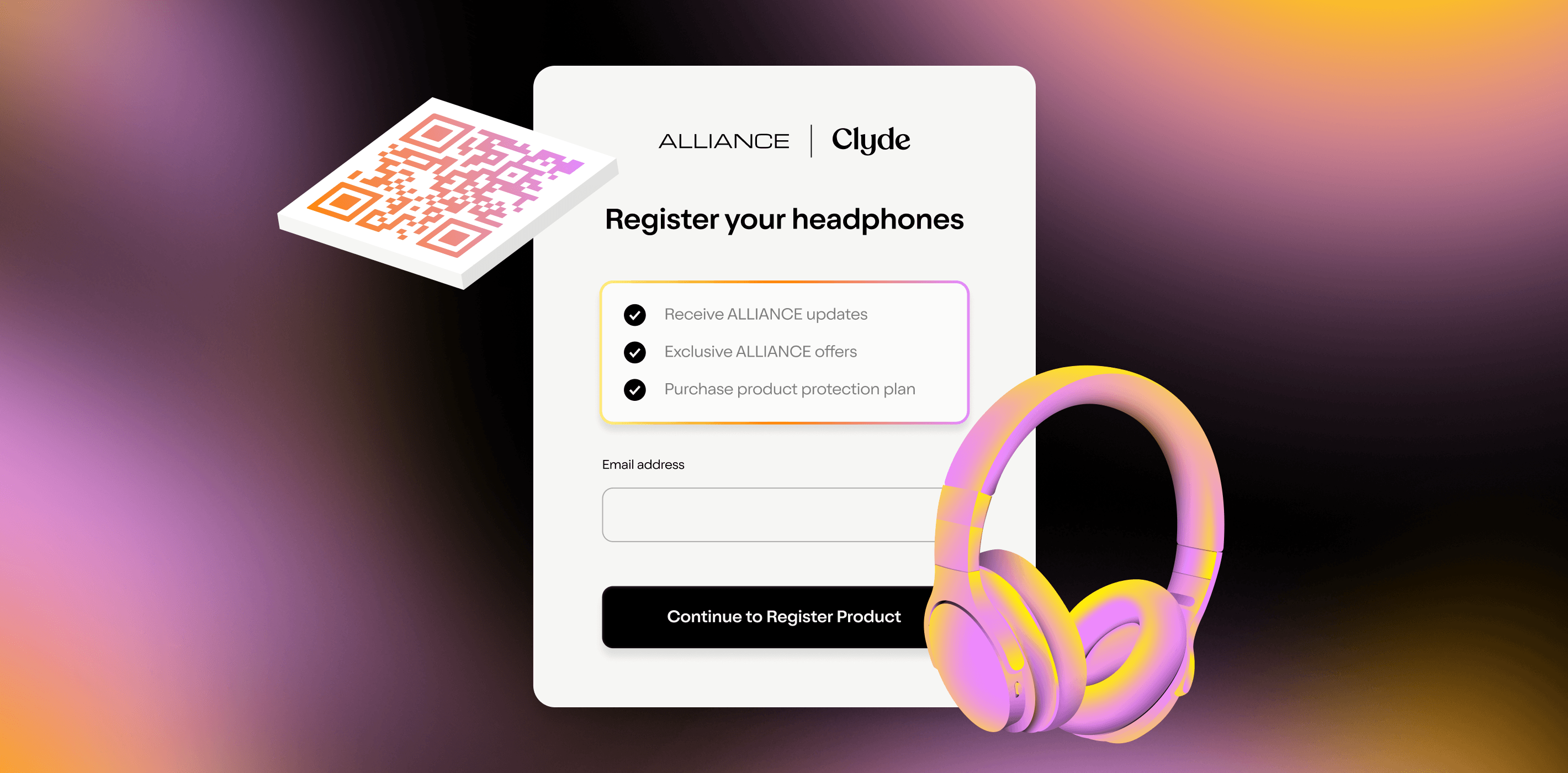What was your first reaction to the news of the coronavirus pandemic?
Something like “Oh, this is unideal, let’s stay inside for a few weeks and we’ll nip it in the bud?”
Well, over six months into extended stay-at-home rules across the U.S., it’s clear that COVID-19 isn’t going away anytime soon. It will certainly impact the way we celebrate the 2020 holiday season, including the way we shop for it.
With 14 million people currently unemployed in the U.S. , experts are anticipating retail sales to drop almost 6% from last year. But even if they’re spending less, people will still be giving gifts this holiday season, and retailers poised to make that experience as smooth as possible will be the ones to earn those sales.
With the large majority of shoppers planning to spend more of their holiday dollars online, these are the 4 things that e-commerce retailers should do to prepare for the 2020 holiday season:
Double down on marketing and support around Cyber Monday. With Black Friday pretty much off the table—who wants to engage in a round of fisticuffs over a half-price TV and risk exposure to a deadly virus?—online shopping will see a spike at the end of November, and you should be prepared.
Embrace non-traditional holiday gift buying categories. Formalwear, travel accessories, experiences, and jewelry might be popular in normal times, but these times are decidedly not normal, and you’re likely to see spikes in areas like furniture instead.
Ensure your customer experience is seamless. Is your website or app navigable by a novice online shopper? Do you have customer support methods that your customers will actually want to use? Is your website fast and able to handle tons of traffic? I hope the answer to all of those questions is yes, and your customers do, too.
Plan out your returns process. Not every gift will be a keeper. Are you set up to process returns and exchanges without losing customers along the way?
We’ll dig into those four areas in more detail below.
1. Double down on marketing and support around Cyber Monday
Black Friday was already a questionable activity in the Before Times—rushing out of Thanksgiving dinner to get to shops that opened that evening, stressing out employees who had to manage chaos, packing stores to the brim—and it certainly isn’t advisable now, during a pandemic. Retailers like Target, Macy’s, Best Buy have all said they’ll close stores on Black Friday, which means buyers looking for deals will be logging on for Cyber Monday instead.
Make sure your website is set up to handle a flood of traffic that day and that you market whatever deals or discounts you’re offering ahead of time. To give yourself a leg up, consider revamping your product landing pages as gift guides that link to other popular products and make it easy for buyers to find the best details. If you want to set your brand apart, try running a philanthropic campaign on top of Cyber Monday or offering special products or giveaways included in that day’s purchases.
2. Embrace non-traditional holiday gift buying categories
Some popular holiday categories will still be popular in 2020. For instance, kids will always want toys, and adults will always enjoy gifting them.
But others? Not so much. While clothing has long been one of the most shopped-for categories of gifts (with 53% of buyers having planned to gift clothing in 2018 ), it’s unlikely that buyers will follow that trend in 2020. Same goes for cosmetics and fragrances or jewelry (which 34% and 32% of buyers usually purchase, respectively). After all, getting a new outfit you can’t wear out of the house is a bit of a bummer.
Instead, gift categories that jive well with spending 24 hours a day in your house will see spikes, from furniture to home improvement tools to entertainment options. Considering how important it will be that those items stay in working condition for a long time, we’re expecting to see a spike in purchase protection, too, as both gift givers and receivers look to find peace of mind that will allow them to truly love and enjoy their purchases for years to come.
3. Ensure your customer experience is seamless
This must-do can be broken down further into three main areas: 1) customer support, 2) website speed, and 3) shipping options. Let’s look at each one.
When it comes to customer support, you’ll need to keep in mind that a majority of every age group plans to do half or more of their holiday shopping online, including older age groups that haven’t been heavy adopters of online options in the past. It’s vital that you have various customer support options for each group that line up with their preferences. That means social media for Gen Z, phone calls for Baby Boomers, and chat and email options for everyone else.
For website speed, make sure that your dev team has done vigorous front-end and backend testing to make sure that your websites and/or applications can handle a sustained surge in use. Try Google’s developmental tools for general speed tests and make sure to do a mobile compatibility test , too.
In a survey conducted by Ignite Visibility, almost one-quarter of consumers listed site speed as their most important factor.
Invest in clear shipping options at checkout that meet your customer needs. Is two-day shipping still possible? (Salesforce predicts that last-mile delivery will be overcapacity in December, so double check that it will be before you promise it.) What gift-wrapping options are possible with the fulfillment staff you have? What kind of questions would you have as a buyer in this unprecedented holiday season and how are you answering those questions for your customer? Some good ones to answer on an FAQ page or as part of your checkout process: How can customers track their purchases? Are delivery dates guaranteed? Is shipping free, free with a minimum purchase, or tacked on at the end?
Ignite Visibility's survey also found that nearly half of consumers list free shipping as the most important feature when they’re shopping online.
4. Plan out your returns process
If this were a normal holiday season, you’d already be ready for a good amount of returns. In 2019, for instance, 77% of consumers planned to return some gifts and 20% planned to return more than half. Add in a pandemic where no one can try anything on or see what a product looks like in real life and it’s clear that returns will be an even more important part of the e-commerce cycle this holiday season.
With the USPS under some financial strain and the holiday season slated to be busier than ever, retailers need to make a plan for how returns will work. Only 40% of retailers had optimized return processes pre-COVID, and if you haven’t figured yours out before December, you might be in trouble.
You can borrow your strategy from a big seller like Amazon, which is allowing customers to drop off returns at UPS stores to cut out having to print and package things at home and to reduce overall return shipping costs since items come back in bulk. Or you can try something easier to implement, like including prepaid return shipping labels in purchase orders. Just remember that your returns process can make or break your customer experience, with around 50% of consumers saying they’ve stopped shopping with a brand after a bad return experience.
Key questions to answer in your return policy include:
When is your return deadline?
What is the process for shipping products back?
Will buyers be refunded to a credit card or PayPal account or issued credit?
What if the item was purchased as a gift—does that change any of the above?
Reminder: this holiday season will be unlike any other
For eCommerce retailers, the 2020 holiday shopping season represents unique opportunities for those prepared for a surge in online shopping, particularly in pandemic-friendly categories, and can offer reliable, seamless buying experiences and smooth issue resolution and return processes.
But at the end of the day, we’re still in a pandemic, so opportunities aside, it’s vital that retailers double down on investing in safety procedures, not just for their customers but also (and more importantly) for the workers who make it possible for their products to reach those customers.
Because at the end of the day, the holiday season is about spreading joy to the people we care about—not spreading a virus. Keep that in mind and happy holidaying!
SIGN UP FOR OUR NEWSLETTER





























